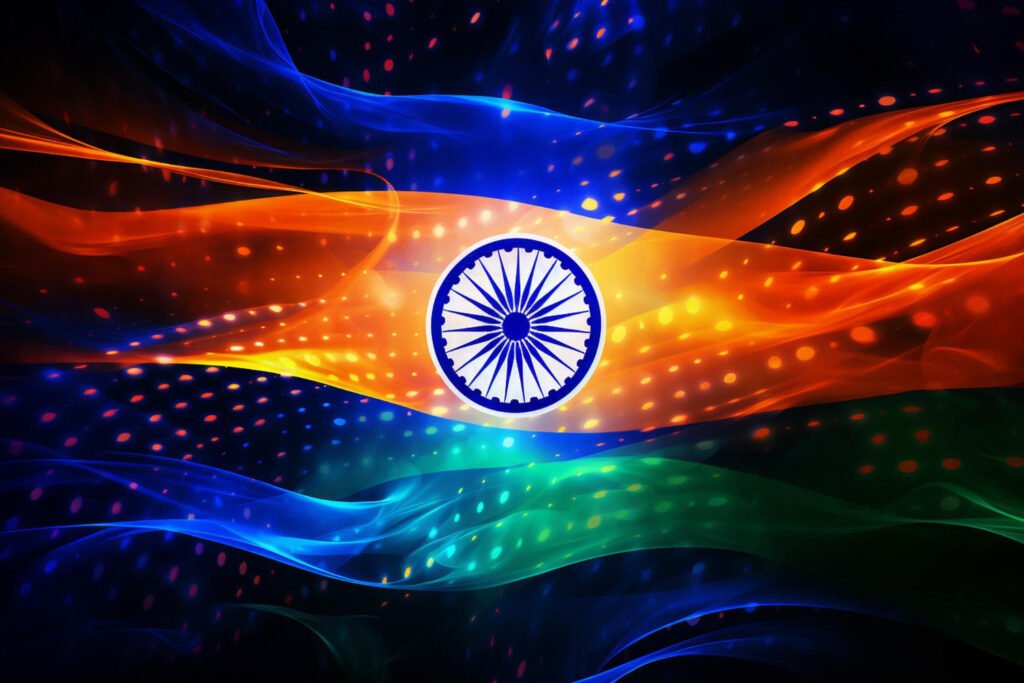
‘Jana gana mana adhinayaka jaya hey’ — when we sing these lines, what is the first image that pops up in our heads? Probably our national flag! The tricolour is a sensitive issue when it comes to its handling and maintenance.
Our country and its loyal subjects are paying regular efforts to improve the quality of the flag and to ensure that all the rules assigned in designing and establishing the national flag are followed. To minimize the damages, the engineers incorporate various techniques in the making of a flag, referred to as, Flag Technology. There are certain rules assigned to the national flag of India, which must be followed irrespective of any technique employed.
Rules for ‘THE’ flag
- Earlier the flag was to be made only from hand-woven or hand-spun khadi material, however, the recent amendments passed by govt. In India, The Flag material can now be hand-spun, hand-woven or machine-made cotton/ polyester/ wool/ silk/ khadi bunting.
- The size of the flag is restricted to a ratio of 3: 2 for length: height.
- The new code includes displaying the national flag in open areas of the house that can be flown through day and night.
These rules make the process of durable flag designing even more challenging as the choice of material, process and size are restricted to a limit. However, we as a team of engineers love to take up challenges and go beyond the walls of what is considered impossible.
Challenges — A call for a better idea.
Meteorological factors and different climatic distribution throughout the country pose a variety of challenges
- Catastrophic wind currents and heavy rainfall causes significant damage to the flag’s form and reduces its lifetime.
- The availability of moisture allows microbes to grow their territory and sometimes, moulds can grow on the fabric, destroying the overall appearance of the flag.
- Over time, with long exposure to sunlight, uv rays damage the fabric and cause unwanted colour fade out.
- Larger flags possess more self-weight, sometimes, causing the failure of the entire structure.
Too many challenges, isn’t it?

The engineers have a plan!
The tricolour represents the free spirit of the country and so we make sure the flag continues to declare its victory by standing high up in the air through the strongest winds of the country. So, we introduce Flag Technology,
Textile printing: this process is responsible for the colour imprinting and various sub-processes are employed to enhance the gradient and get that perfect colour.
Embroidery: The Ashoka Chakra is often embroidered onto the flag using a variety of techniques, including hand embroidery and machine embroidery.
Woven fabric: The flag can also be made from woven fabric, which is often used for flags that are flown outdoors.
Machine manufacturing: In December 2021, the Government of India amended the flag code to allow machine manufacturing of flags. This means that flags can now be made using a variety of machines, including sewing machines, printing presses, and embroidery machines.

SWATRIC at rescue
We, as a team of engineers and research scholars, are continuously working on the project of improving the quality and durability of the flag and the team has achieved remarkable success in doing so.
- The flag gains the majority of its strength from the fabric used and so, we have designed our flag from a mix of polyester-satin.
- The fabric is stitched using nylon threads, one of the strongest threads, using the double-needle sewing method.
- Our team went a step ahead by testing the flags under different environmental conditions and found out that the wind causes wear and tear along the edges. So, we incorporated Anti-Fray Technology to prevent fraying which, in simpler words, means an enhanced life span for the flag.
- Apart from these, our flag is also 30 % lighter, stronger, more durable and with vibrant colour gradients, making it the show’s topper.
Swatric has sold over 3500+ quality flags in a span of just one year to make the project ‘Har Ghar Tiranga’ more phenomenal.
At present, our giant flags are standing proudly at IIT and Connaught Place, Delhi, Gateway Of India, Mumbai and even in Leh. We are sure if you happen to pass by them, you’ll take a minute or two to adore the view with awe. Well if you do so, that gives us our share of pride in that moment.
We thank you for your time! A great day is ahead of you!